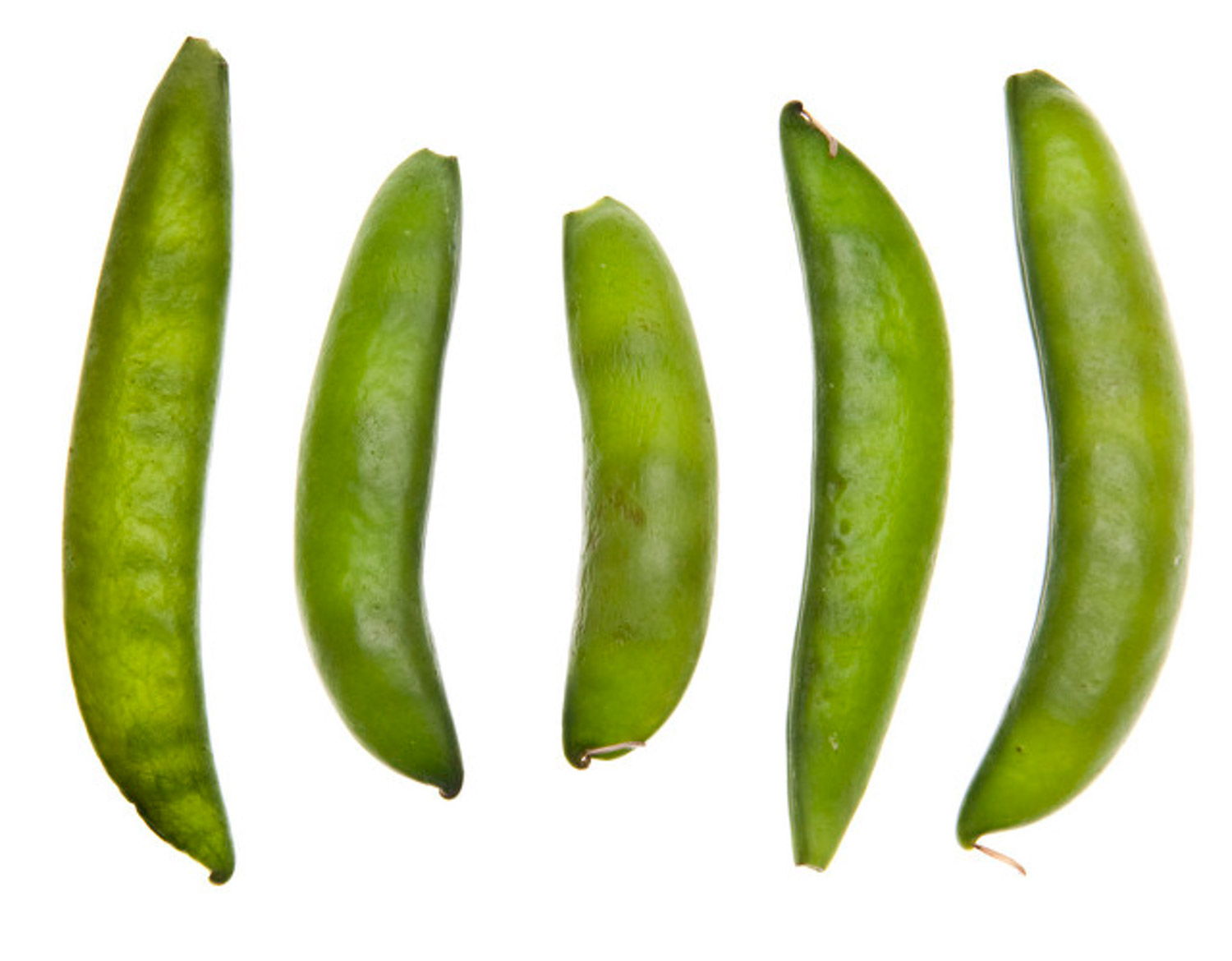1. Planting time
Dutch beans are generally planted in winter, mainly from late October to mid November. Sow at this time and harvest from April to May of the next year. Whether the Dutch bean is sown too early or too late, it is not conducive to its growth. Sowing too early is easy to make it grow vigorously before the winter and freeze to death in the cold wave. Sowing too late will make its root system underdeveloped and the yield harvested the next year is low
2. Land selection and preparation
The adaptability of Dutch beans is relatively strong, and the requirements for soil are not high. Just pay attention to the problem of pH value. It cannot be planted in acidic soil. It is necessary to select the land according to this, and then dig the soil in time to improve the porosity and permeability of the soil, and apply enough base fertilizer

3. Seed selection and seedling raising
To select suitable and excellent varieties of Dutch beans, soak the seeds in water for eight to twelve hours the day before planting. Then dry it, sow a seed every 20 cm by means of on-demand sowing, and then cover it with soil and water it. Keep the temperature between 10 and 18 degrees Celsius during the period. Generally, you can see the seeds germinate after three to five days. After budding, if you feel that the planting is too dense, you can also carry out inter seedling, so that there is a spacing of more than 20 cm between each seedling
4. Fertilization method
Before sowing, 2500 grams of organic fertilizer, 20 kilograms of urea and 40 kilograms of potassium sulfate should be applied to each mu of land. In the later stage, if the growth is better and the planting density is relatively large, it can be topdressed appropriately for two or three times, which can be carried out when it is vine pulling and pod setting. In addition, at different stages of its growth, it needs different fertilizers, mainly phosphorus, potassium and nitrogen fertilizer. It is necessary to timely adjust the fertilizer and supplement nutrients according to its growth

5. Water management
The whole growth period of Dutch beans has a large demand for water, and only sufficient water supply can make them grow vigorously. However, if you water too much, there will be root rot and seed rot. Therefore, the water should be carefully controlled. The watering time and water amount can be well controlled. Whether to water or not can be judged according to the soil humidity. It should be noted that there is no need to water the lotus bean before the flower buds appear


 how many times do yo...
how many times do yo... how many planted tre...
how many planted tre... how many pine trees ...
how many pine trees ... how many pecan trees...
how many pecan trees... how many plants comp...
how many plants comp... how many plants can ...
how many plants can ... how many plants and ...
how many plants and ... how many pepper plan...
how many pepper plan...



























